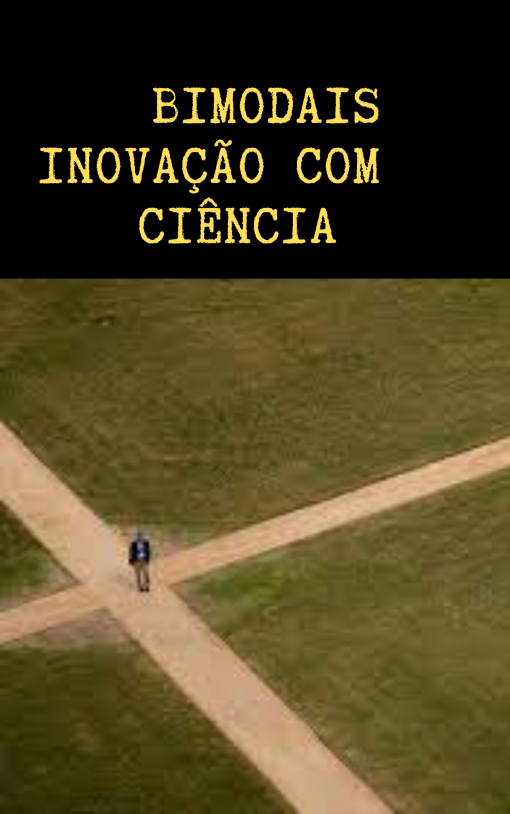(Google translated – with few reviews)
Slides:Â complexityppt.nepo.com.br
Today, we talk a lot about complexity, complex thinking, but we have to be careful not to start projecting what we want the future to be what it is likely to be.
The problem in projecting the future is to tear away what we might call human nature.
There are changes going on, but you have to see what the human being will really change and what is more perennial.
Generally, people project what they would like the human being to be and make it a theory. But the human being is not what we would like. What is he!
When one experiences very radical changes in society one must go back to the past and “scan” human nature to see what is more or less mutant.
My studies in Anthropology 3.0 lead me to:
To consider Sapiens as Tecnoespécie, strongly influenced by the media and languages ​​on call;
Perceive the influence that the demographic increase has in what we can call “complexity.”
And the strong influence that the arrival of new media and languages ​​exert in Macro-History.
Complexity 3.0 is the result of a world of 7 billion, which had its diversity contained by the limits of the media and languages ​​on call and now comes out of the closet.
As we try to project what will be the passage from what we can call Complexity 2.0 to 3.0 without traveling in mayonnaise we must analyze similar changes in the past.
What we live today is a Cognitive Revolution characterized by the arrival and massification of new media.
There are some reasons and consequences.
The cause is the demographic increase that generates a new level of complexity and generates the latency of a more open and decentralized exchange environment, which initiates a decision-making process.
The impact of this on human thinking is enormous.
The mental model 2.0, let’s call it, was made for an environment with less change, less information, and less power to make decisions.
What we can perceive is the demand for a mental model that was situated within one cognitive environment for another.
This was what happened in the passage from orality to writing, which was consolidated as a mass phenomenon, only with the arrival of the Press.
It requires an “upgrade” in the mental model from “a” (pre-digital) to “b” digital post.
So what we can call Complexity 3.0 is:
From the point of view of the environment – a 7 billion world in which people have gained media power and want more power to distribute decisions;
From the point of view of people – the demand for a new way of thinking, which allows the processing of more information and can make better decisions.
Several names will be used hereafter to characterize this passage from complexity 2.0 to 3.0: holistic thinking, fractal, complex, 3.0, etc.
However, in my view, starting from Anthropology 3.0, is that:
There are two factors that should guide all changes from the Sapiens mental model of Complexity 2.0 to 3.0: a world with more exchanges and more decision power for the tips. The rest is complementary to that.
Is that what you say?







